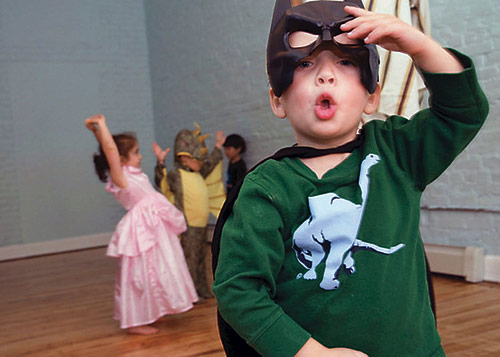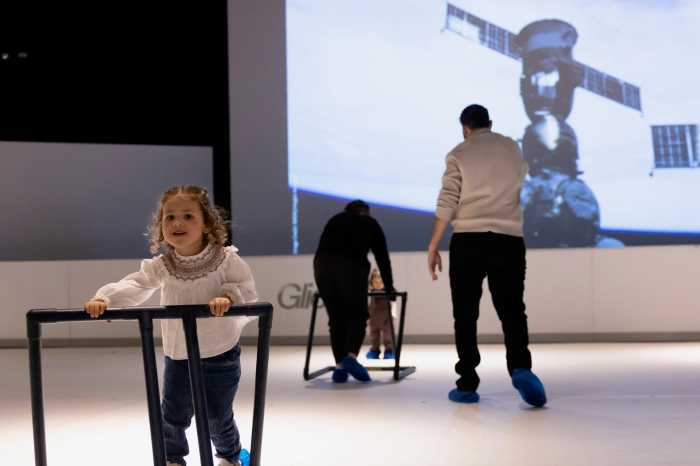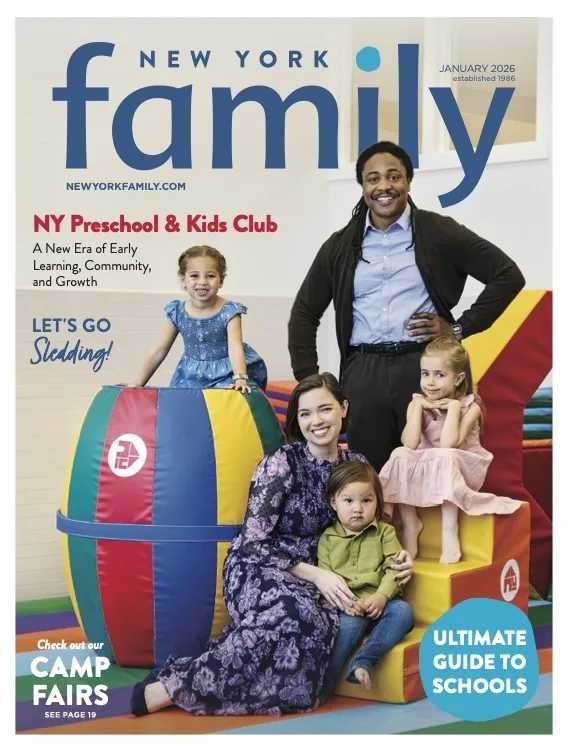Looking for a fun activity to spark your kids’ imaginations? Children love to be entertained, and they especially love to take part in their own amusements. Luckily, there are two great theater games that will entertain them and let their imaginations soar.
One great game that even works for just two people is “story clap.” It’s inspired by Viola Spolin, an important innovator of the American theater in the 20th century.
Here’s how to play:
One person starts with an opener that puts us in the fairy tale or fable mind-set, as in “Once upon a time, there lived a firefly who didn’t know she was a firefly…” or, “In a deep forest there was a witch who loved to make soup out of…”
That storyteller then claps, which passes it to the next person. It is that person’s job to continue where the first person left off, then pass it on to the next person, and so on. The game continues in this fashion until the story reaches a natural end.
You’ll be surprised at how creative the story becomes as the tellers feel inspired by the collective voice of the group.
As you play the game more and more, experiment with the length of the story chunk you tell. Archetypes — such as princesses, witches, animals, dragons — are great to play off of, and you can combine elements of your children’s favorite books and characters. This game is also a great way to air an issue that may have come up at home, so kids can give voice to their feelings.
As the adult in the group, it is important that you help direct the story. Set up a conflict and then help it toward resolution. With kids ages 4 –6, it’s a good idea to designate the adult as the clapper to keep the action going. You’ll be amazed by how much they already understand story structure, and how excited they are to create their own tales with you.
In my experience, we end up physically re-telling the story, but it is a great activity all on its own for winding down at bedtime, on car trips, or at a family gathering. On rainy days, you can help the kids write the story on paper and they can illustrate it!
Another great game is “ACTive reading” — a reading aloud game in which kids get to play the parts in the stories.
Let your child create the environment of the book. Let him explore the way the ocean sounds while you read “Mariana and the Merchild: A Folktale from Chile.” Playfully whistle and whoosh the sounds of the sea and the wind with him, or create whale calls and dolphin whistles. Then, have your child quietly continue the ocean soundtrack while you read aloud — the effect can be quite hauntingly beautiful.
When reading “Make Way for Ducklings,” watch what happens when your child acts out the traffic and noisy streets of Boston, or creates the quacks of the duck family? How about the sounds of the monkeys in “The Hatseller and the Monkeys,” or the monsters in “Where the Wild Things Are?” You may come up with sounds that are funny, or some that are eerie. You’ll be surprised by the way your child astutely hears his world and gives voice to his imagination.
Most children are eager to play the parts in the stories they read. If they read themselves, they enjoy following along while you read, and getting the chance to say the words of a certain character. Whether you are reading “Horton Hears a Who,” or the Harry Potter books, there will likely be a character with whom they identify. Let them cast themselves and say their characters’ dialogue while you read the rest. They will be living inside the story in a very exciting way. For a moment in time, the characters’ journeys become theirs. If they aren’t reading yet, gently prompt them with the character’s lines and let them interpret the rest.
In this way, you enter into a kind of dialogue with your child, even while you are reading. He’ll feel connected to the world of the book because he is a part of creating it, and he’ll feel connected as you both tell the story. He’ll also be having a lot of fun, which is always the bottom line!
Jocelyn Greene is the founder and executive director of the theater program Child’s Play NY. She also runs the after-school acting programs at Packer Collegiate Institute, the Berkeley Carroll School, and Greene Hill School.










